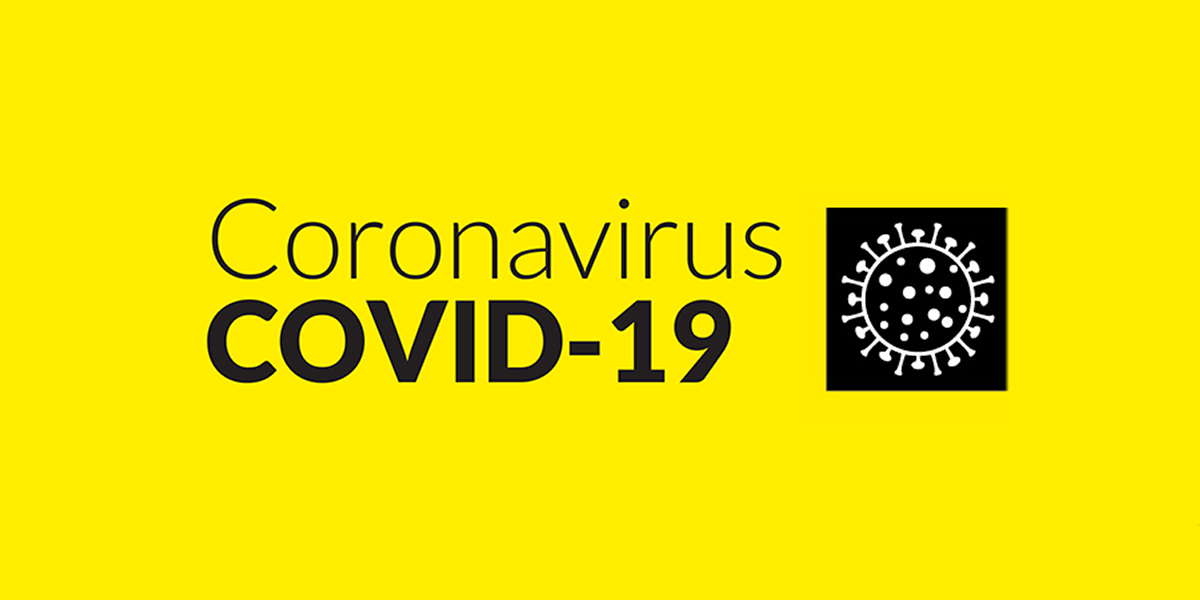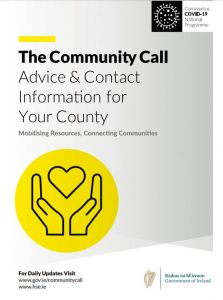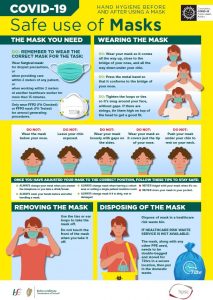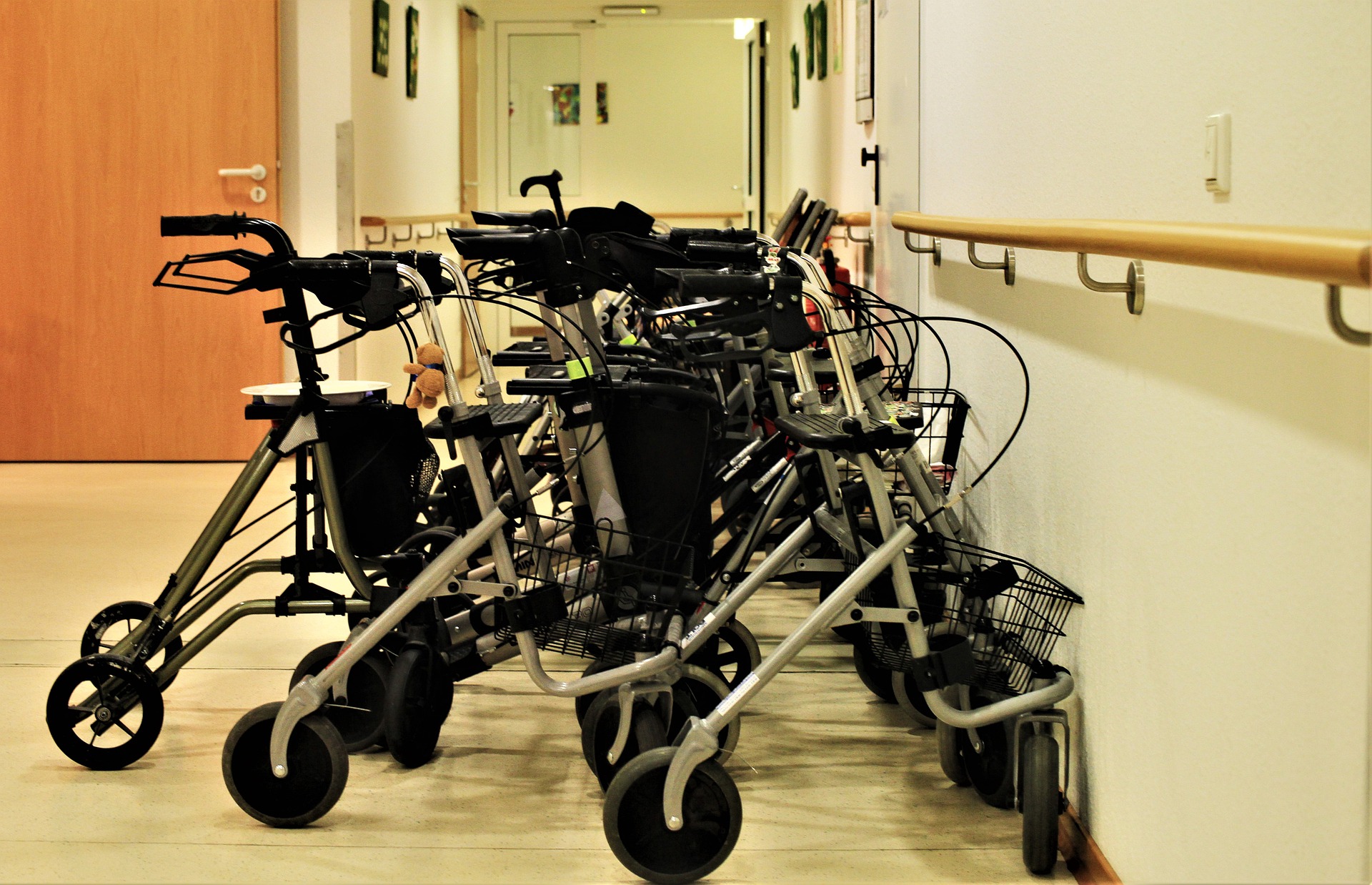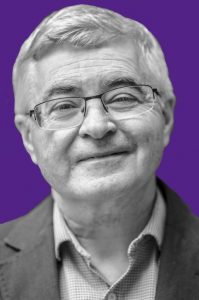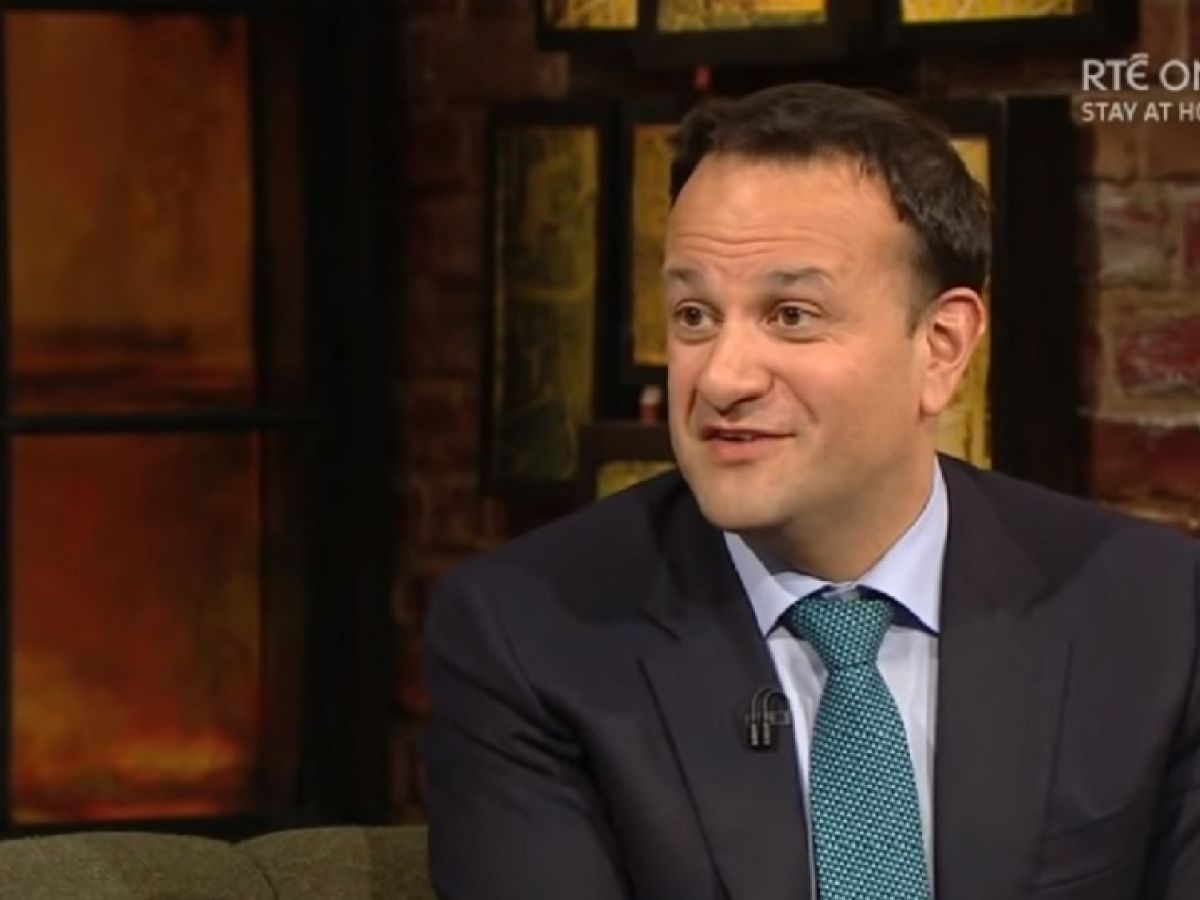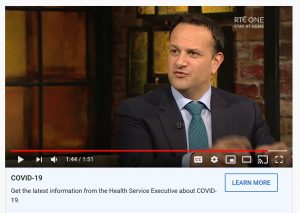A Conversation with Jack Pearpoint & Lynda Kahn
Watch the interview here
“Person Centered” is a phrase used by organisations and individuals, relating to care, planning, education…but its often misused. What does person centered actually mean? I chatted to Jack Pearpoint and Lynda Kahn, both renowned worldwide for their work in the field of inclusion and planning, about the ideas behind the person centered approach and what happens when it is mis-used, with a particular slant towards planning.
~~~~ Useful Links ~~~~~
Inclusion Press:http://www.inclusion.com
~~~~ Social Media ~~~~~
Jenny Trott’s social media
Facebook: http://facebook.com/jennytrott2
Instagram: http://www.instagram.com/jenny.trott
Twitter: http://www.twitter.com/jennytrott_

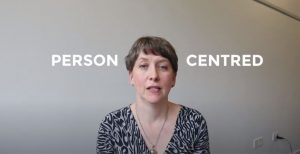



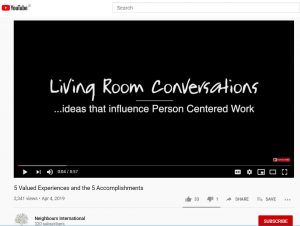



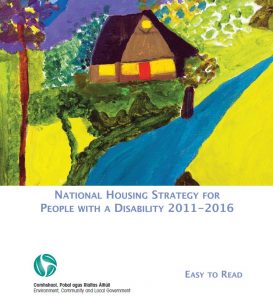 The Government has written a housing plan for people with disabilities.
The Government has written a housing plan for people with disabilities.